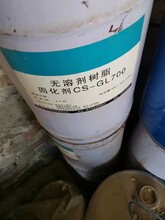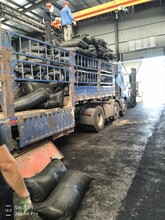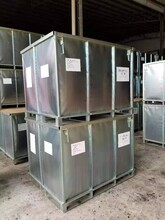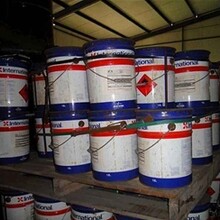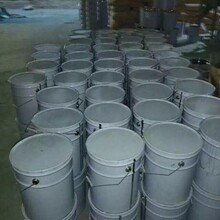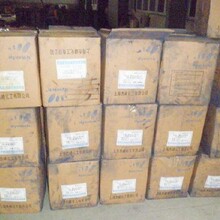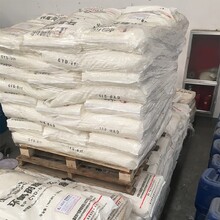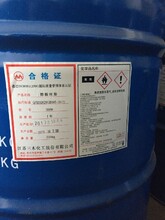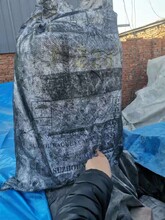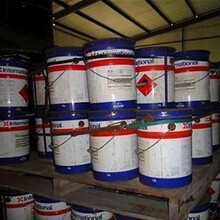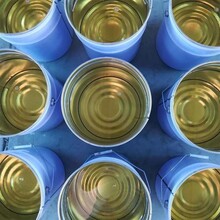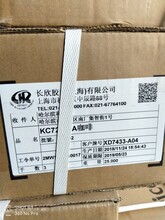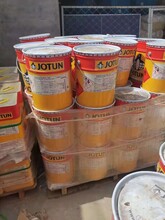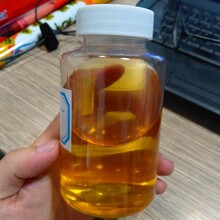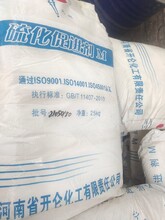Tips for using water-based wood paint: 1. Grasp the humidity. When the ambient humidity is greater than 85%, it is not suitable for construction, otherwise it is easy to cause paint film whitening and other defects; 2. Advanced dedusting. The wood surface shall be polished and leveled, and the floating ash shall be treated. Dust cloth can be used for cleaning, and large areas (such as the floor) shall be repeatedly vacuumed with a vacuum cleaner; 3. Suitable temperature construction. When the temperature drops below 5 ℃, the drying time of paint will be prolonged, and at the same time, if the temperature is too low, white fog or extinction will occur, so construction should be avoided in this case; Avoid operating under direct sunlight or high temperature. If the temperature is too high, the paint will dry quickly, which will also produce pinholes or bubbles. Therefore, high temperature construction should be avoided as far as possible; 4. Painting procedure. During the construction of floor paint, the impact on the wall emulsion paint shall be considered. Generally, the wall surface shall be brushed first, and the next layer shall be left, and then brushed after the completion of floor paint construction; 5. It varies from material to material. Understand the woodiness of wood. If it is hard wood (such as teak, beech, Bengali), be careful to use putty, foam water, etc. as the primer to avoid discoloration and affect the adhesion. For hard wood, if you want to get a good effect, you can brush paint directly. If you need to fill gaps, it is recommended to mix paint and fine wood powder to fill them evenly; For ordinary wood, if transparent putty is required for substrate treatment, the entire base course should be evenly coated with a scraper, which should be thin rather than thick. After drying, it should be polished evenly and the excess transparent putty attached to the wood surface should be polished to avoid paint defects; 6. Coating control. The paint should be thin rather than thick, and can be applied in thin layers and multiple layers; For multi-layer coating construction, each coating shall be applied after the lower layer is completely dry, and each coating shall be polished; 7. Timely construction. Two component or three piece paint shall be mixed evenly after being proportioned, and then it shall be kept still for 15 minutes to let the air bubbles caused by mixing be discharged before use. If necessary, it shall be filtered before use. After the paint is proportioned, it shall be used up within 4 hours; 8. Pay attention to safety. The proportion and matching of paint varies with specific products. The construction personnel should read the product manual. In addition, paint is flammable, so pay attention to safety during construction;
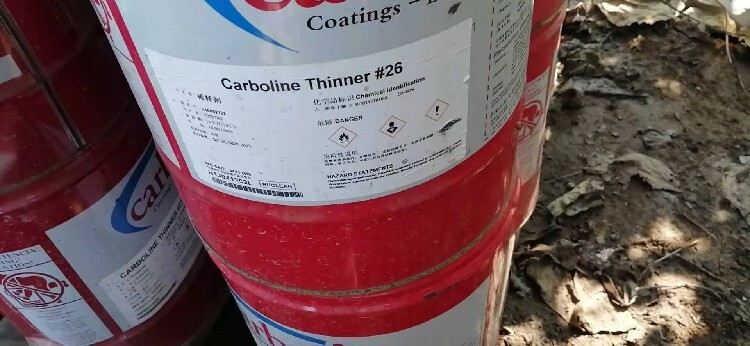
Recycling chemical raw materials: if chemical raw materials and dyes are not recycled, directly thrown away or burned, they will cause great pollution and harm to our living environment; The significance of recycling chemical raw materials and dyes is to protect the natural environment we live in, to recycle resources, and to prevent chemical raw materials and dyes from polluting our water sources and air. The recycling of chemical raw materials and dyes is of great significance. Recycling chemical raw materials and dyes is of great benefit to enterprises and environmental protection. Recycling chemical raw materials and dyes can make enterprises recycle resources, conform to environmental protection policies, reduce environmental pollution, and improve social and economic benefits.
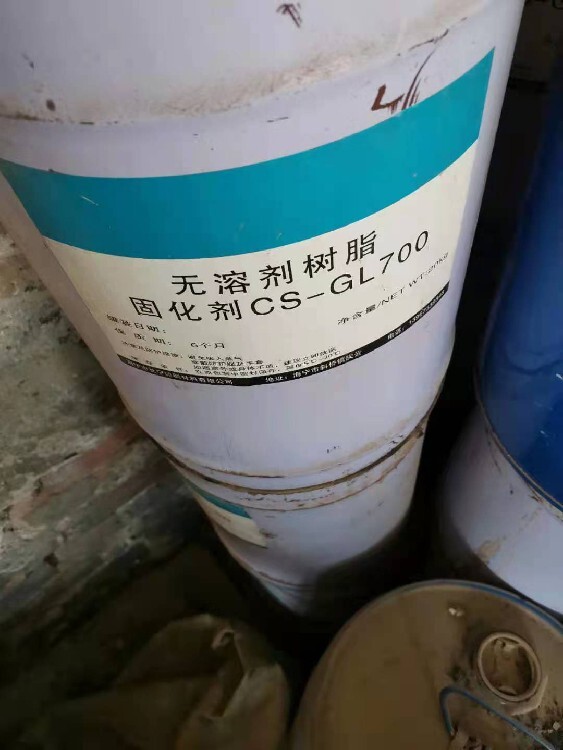
The recycling of chemical raw materials and dyes is now applied in many areas. Many people may feel strange when they hear about the recycling of chemical dyes. In fact, such recycling chemical raw materials manufacturers are very common in life!


